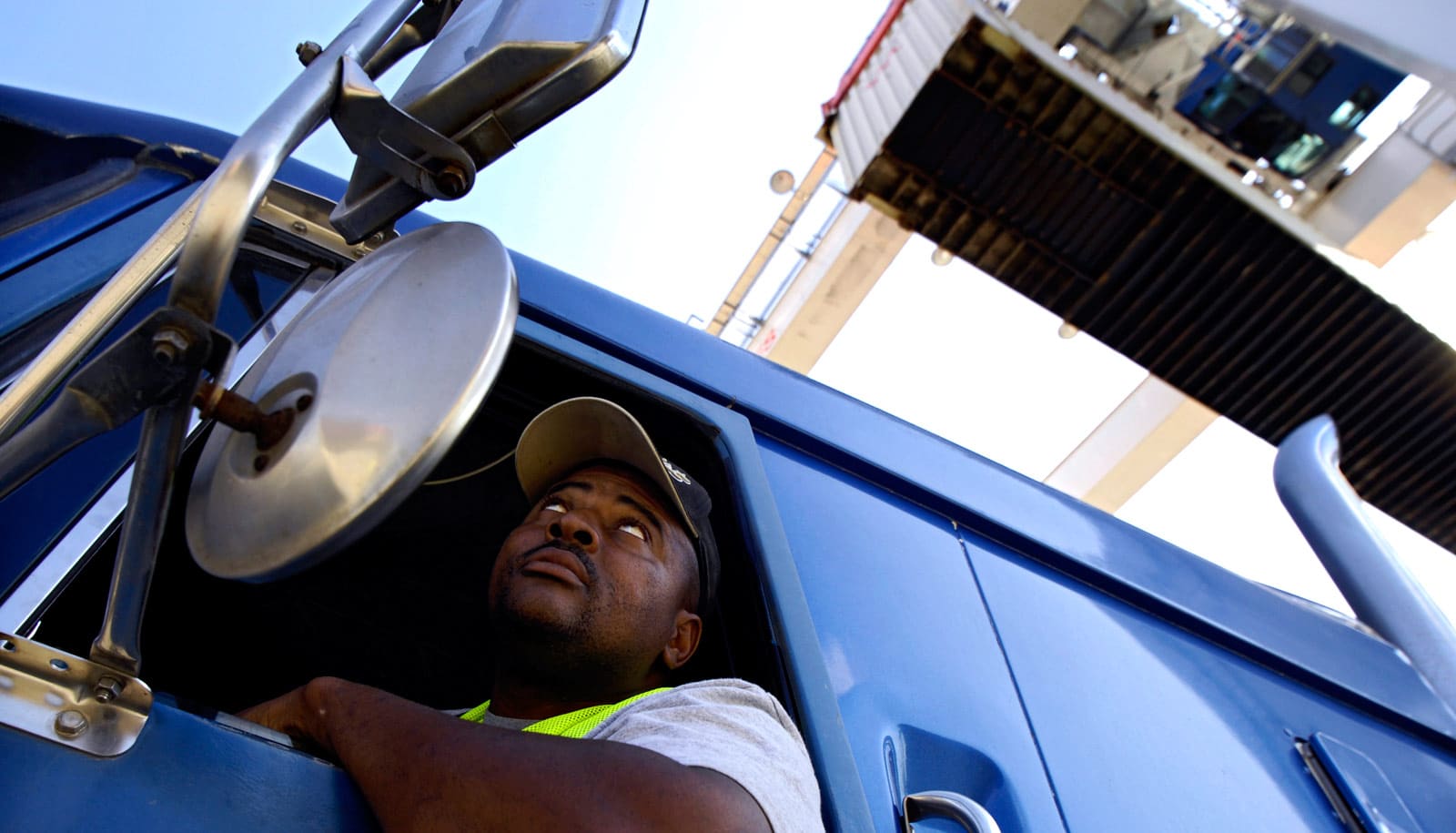Increasing financial precarity among middle class Americans has negative consequences for their employers, research finds.
“There is a business interest in individuals’ financial wellness,” says Carrie Leana, professor of organizations and management at the University of Pittsburgh’s Joseph M. Katz Graduate School of Business.
Money worries are a burden increasingly shared by “middle-class” workers who, despite decent wages, may struggle to make ends meet or find themselves one emergency away from financial disaster. Leana calls this the “democratization of financial precarity”—the persistent worry about paying the bills that afflicts an ever-widening swath of Americans.
An often-cited statistic from the Federal Reserve Board finds that nearly half of US adults don’t have $400 in savings to cover an emergency expense, nor do they feel they have enough money to pay for anticipated expenses like their children’s college costs or their own retirement.
In studies on the organizational costs of employees’ financial concerns, Leana and colleagues took on the question of the potential impact of financial concerns on workplace performance. “Persistent worry about anything is bad for physical and psychological health, but more than that, financial worries can affect people’s abilities to do their jobs,” she writes.
“We depart from the usual focus on the motivational power of money to show that it can play a prominent role in people’s ability to perform at work.”
Truck drivers with money worries
Because there’s a finite capacity to a person’s working memory, worrying takes up cognitive bandwidth, leaving less available for other mental tasks. The struggle to manage the accompanying anxiety adds an emotional toll. These mental stressors work together to undermine performance on the job.
Leana’s team has conducted several studies in a variety of settings. They initially tested their hypotheses in the trucking industry, a field in which a reduction in cognitive capacity can result in major—and potentially tragic—costs for employees and employers alike.
In a field study of more than 1,000 short-haul drivers, the researchers found that higher levels of financial worry indeed were associated with an increased likelihood of preventable accidents.
They surveyed drivers on their household finances as well as their level of worry around various aspects of their lives, including relationships, health, living conditions, childcare, and finances, then tracked accident data over a subsequent eight-month span.
The drivers in their sample averaged household income of $60,000 to $70,000 and had two months’ worth of expenses in savings. Still, for some, this middle-class standing wasn’t enough to eliminate financial worry.
Collectively, each incremental increase in financial concern equated with an additional eight preventable accidents—those in which the driver was deemed to be at fault.
What does this mean for employers?
What does that mean to the company in dollars and cents? In this study, more than $1 million a year is a conservative estimate, the researchers find. And that can rise to millions more if there is even one injury or fatality among the preventable accidents.
Leana says that a company’s most obvious influence on its employees’ financial wellness is through its pay and benefits practices. Beyond this, the researchers suggest sponsoring employee programs related to financial wellbeing. Programs—such as those in which a company matches a portion of the employee’s contribution to savings, or mortgage assistance initiatives—may pay off for everyone involved. And companies are taking heed. Firms ranging from Pittsburgh-based PITT OHIO to international companies like Prudential and JP Morgan/Chase have instituted such programs.
“Our findings suggest that companies have a significant stake in the financial wellbeing of their workforce and are well served by instituting practices that reduce employee financial precarity,” Leana says.
Source: University of Pittsburgh



